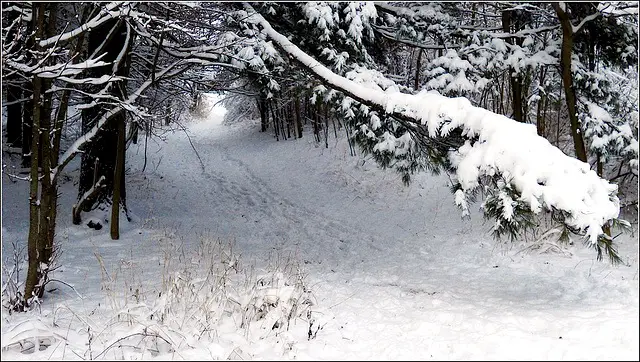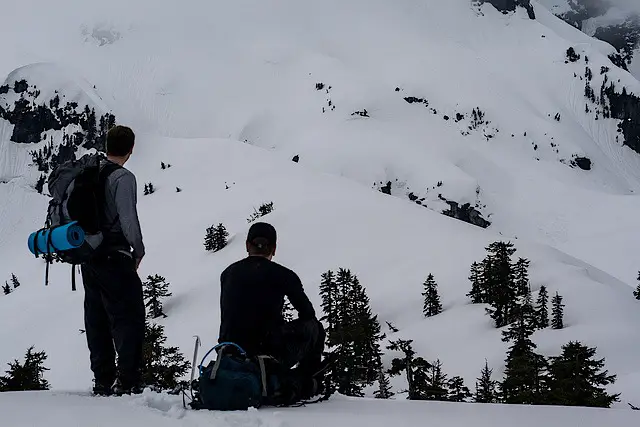Guest Post

For survival on a wintry hike, even for one day, you need the right tools. No self-respecting hiker would set off into the wilderness ill-equipped because nature and the weather tend to be highly unpredictable. Here are some of the key items you’ll need, and some you’ll just want for happy trails this winter.
1. Resilient footwear
As if tramping for miles on your feet isn’t painful enough, hard ground, rain, mud and ice will take their toll if you don’t have the right shoes for the job. Encase your toes in a pair of strong winter hiking boots, and make sure they are watertight. Remember, if you’re going to be walking a fair distance then look for a lightweight pair, and take the time to break them in before you go to avoid blisters.
2. Hard-working clothes
One of the ten core survival needs is insulation, and if a blizzard hits while you’re on a frosty hillside, you’ll know exactly why. In winter, opt for a wind-proof outer shell to keep you cosy, even in the face of a howling gale. Wear thin, moisture-wicking fabrics as your base layer, a fleece, gloves and crucially, a warm hat.
3. A buddy
Hiking alone in winter is dangerous. It’s always advisable to hike with a buddy, but this is more true in winter when conditions can be more treacherous and could result in injury. If you lose cell-phone reception, and struggle to make contact if you get lost (though please research the area before you hike it), having someone else there will not only be calming, but they might just have a better knowledge of the terrain or better phone coverage! Plus, it’s good to have someone around with whom you can admire the magnificent scenery.
4. Navigation equipment
Sometimes, a good old-fashioned map and compass will get you where you’re going faster than painstakingly typing your destination into a smart-phone and praying for enough reception. A GPS is also useful for you to find where you are in relation to the map, but none of these will be remotely helpful unless you take the time to work out how to use them.
5. Sustenance
Food and water might seem like an obvious bring-along, but their importance cannot be understated. Staying hydrated reduces the risk of succumbing to hypothermia and altitude sickness, while even the humble granola bar can give you the calories you need to get a second wind when you’re feeling defeated by the trail.
6. Flashlight
Days are short in winter, and sometimes, even if you have planned to be back for sunset, a hike can take longer than first calculated. Be prepared for this eventuality, and bring a high-power flashlight to help you avoid tripping up in the dark, along with some spare batteries as back-up.
7. First aid kit
Don’t just bring along any shop-bought kit, consider what could happen to you when you’re hiking, to be best prepared. As well as the usual bandages, scissors and tape, your hiking first aid kit should include moleskin. to treat blisters, antiseptic ointment, pain relief and some electrolyte powders for rehydration.
Hike safely with the your winter hiking essential tools!
Chris Beattie, a writer based in the UK, has compiled these winter hiking tips for you.







